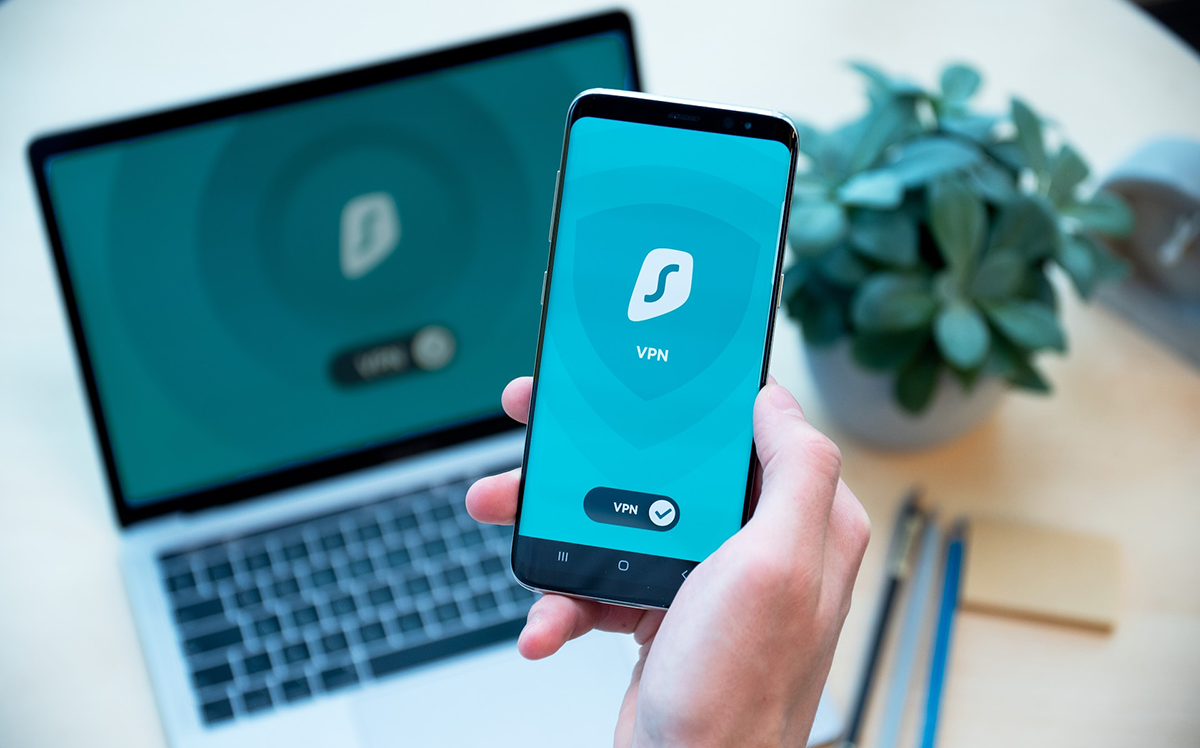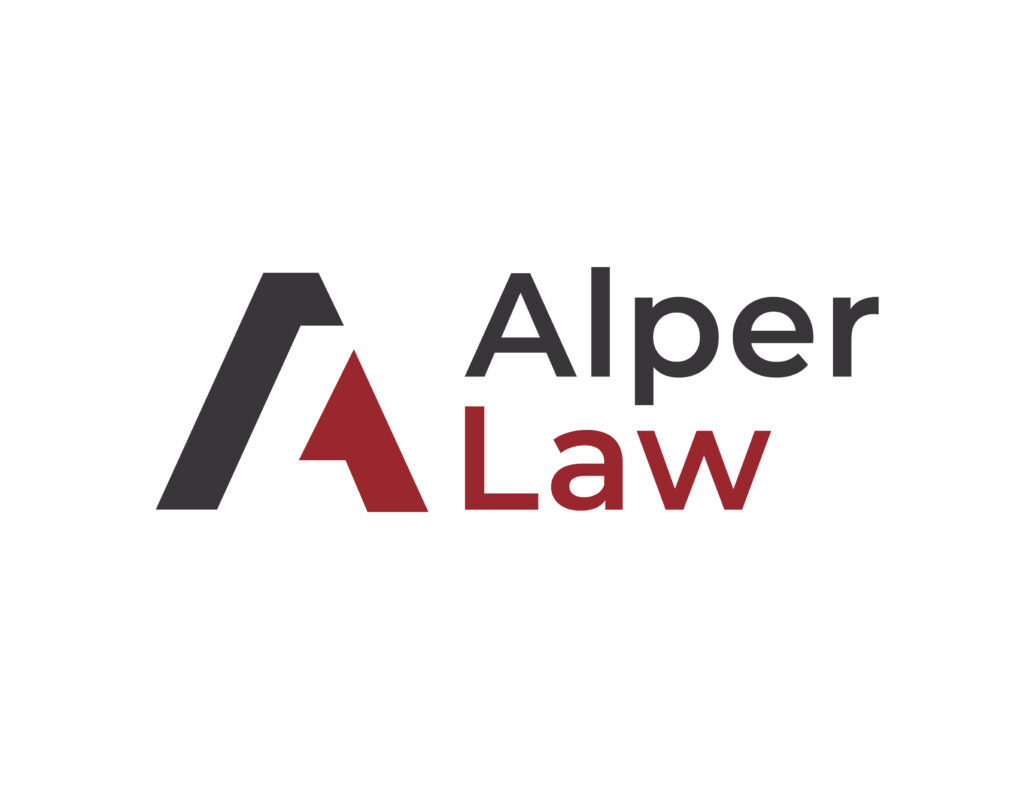Though the term ‘digital legacy’ is fairly new, it has a short and concise definition. Your digital legacy consists of all the various types of digital assets you’ve accumulated over your lifetime. These might include:
- Digital financial assets: payment tokens, utility tokens, security tokens;
- Digital intellectual property: registered trademarks, software programs, patents, copyrighted digital books;
- Digital creative assets: photos, images, video files, email accounts;
- Social media accounts: LinkedIn, Instagram, Twitter, etc.
In our dedicated article on the topic, we explored the concept of ‘digital legacy’ in more detail. Regardless, even the few words above are enough to determine that the term stands for something that holds great value for all of us, and as such, it must be protected.
In the following paragraphs, we’ll explore why cybersecurity is critical to your digital legacy and why it’s the key to ensuring it will fall into the right hands and fulfill its purpose.
What is cybersecurity?
The first thing we need to explore is what cybersecurity is. In short, cybersecurity is the practice of protecting people and organizations (and all related systems, networks, programs, etc.) from cyber attacks. These attacks aim at accessing, changing, and destroying digital information.
You have probably heard news about these types of crimes:
- ransomware attacks in which money is extorted from people to allow them to regain access to their computers
- a government website being taken down
- sensitive digital information being stolen.
All these are examples of cyber attacks. Cybersecurity is the science behind making sure people and organizations have the tools to protect themselves against this relatively new type of threat. This protection varies with the person or people that are responsible for it and with what requires protecting, but the scope usually includes the following:
- security software
- procedures on how to access and work with sensitive networks and systems
- the employment of professionals to maintain both the software and the procedures
- frequent education and training of staff.
Cybersecurity and your digital legacy
With the advances in technology, we have more and more assets to hold and make use of. Unfortunately, alongside that ability, there’s an ever-growing risk: it doesn’t take long for cybercriminals to catch up and create clever ways to illegally obtain or damage our digital assets.
As part of our digital legacy, we have information about our identity and bank accounts, family photos, and social media accounts. The sheer variety of our digital assets makes it imperative that we implement whatever is at our disposal to protect them. Cybersecurity offers a plethora of tools and practices to help us with this challenging task.
How can cybersecurity help protect your digital legacy?
As previously explored, cybersecurity covers many areas, such as using security software and having good practices and procedures in place. Here are several key tips to make sure you’re giving your digital legacy the protection it needs:
Use strong passwords and passcodes and update them frequently
As trivial as it seems, this is one of the most important things to do. Having simple passwords is one of the worst things we can do when it comes to protecting our assets. (It’s on par with not having a password at all.) Using words and/or symbols that can easily be guessed by looking up publicly available information (such as our or a family member’s first and last names and birth dates) or easy words (‘God,’ ‘password,’ ‘love,’ ‘12345,’ etc.) must be avoided at all costs. Having a strong password is only half the requirement; the other half is methodically updating your passwords regularly.
This goes for all the devices we use – computers and phones.
Use 2FA or MFA (multi-factor authentication)
Whenever possible, use services that offer two factor or multi-factor authentication. In simple terms, you use two pieces of information from two different sources to gain access to your account or system. Whether it’s logging in to an application on your phone to approve the login or using an authenticator application/receiving a one-time verification via email or phone, having such a mechanism in place makes it a bit more difficult for someone to gain access to your accounts.
Use good security software
There are instances when, by simply installing a browser plugin or going to the wrong website, people expose their entire computer (and everything they do) to cybercriminals. Not all security software (antivirus/antimalware programs) is able to handle such instances, so make sure you install one that receives regular (preferably daily) updates and has a very good success record in protecting its users.
Establish good digital hygiene
Another trivial entry in the list, but the truth is the majority of cyber attacks are successful only because of wrong user actions. Whether it’s opening a suspicious email and clicking on the links inside, going to a website that seems off and still entering your credentials, or providing your credentials over the phone or via email, these are all things we should not be doing. Legitimate entities (banks, insurance agencies, government institutions, etc.) will not ask for your personal information in a way that jeopardizes your assets.
Networks
This is not something we immediately think of, but it’s a crucial point, nevertheless. When using public/free networks, always make sure you’re accessing your accounts or systems through a secure connection (such as a VPN) and that you’re using two factor authentication. Having solid antivirus software goes a long way toward protecting us in situations when we have no option but to use a public network.
Avoid putting ‘all your eggs in one basket
This might be difficult to accept, but no software or system is immune to cyber attacks. There have been way too many instances over the past few years of large service providers having data leaks – and this includes password managers. While having your passwords written on a piece of paper or on a single USB drive is definitely not a good option, employing a mix of different methods (password manager, browser capabilities, the USB drive, and most importantly, memorizing your most crucial passwords) goes a long way toward protecting your digital legacy.
In conclusion
There’s no silver bullet to protect our digital legacy. Unfortunately, as technology evolves at lightning speed, our assets become exposed to more and more risks. By following a few simple tips, however – and most importantly, by using common sense – we make it much more difficult for someone to gain access to our data.
Publisher: Source link











